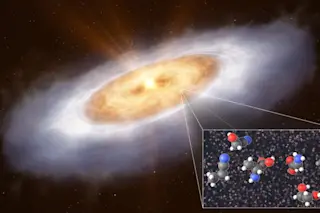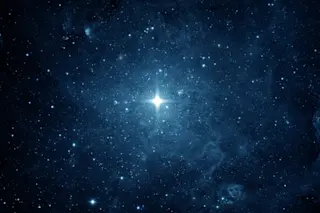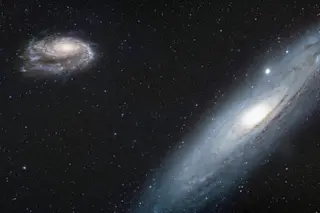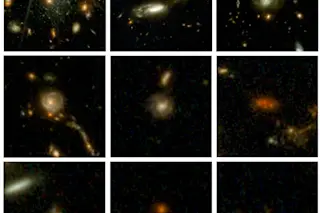I've been posting a lot of nice astronomical images lately, but sometimes one comes along and blows me completely away. How fantastically gorgeous is this?
Holy Haleakala! [Click to galactinate.] That spiral galaxy is NGC 6872, and as you can see in this image from the Gemini South telescope it's getting its clock cleaned by the littler spiral -- IC 4970 -- just to the right. The two are undergoing a galactic collision, a colossal event playing out over hundreds of millions of years. NGC 6872 is currently the victim here; its spiral arms are clearly distorted and being flung wide by the gravitational interaction. However, the smaller IC 4970 will be the ultimate loser in this battle: it will fall into the bigger galaxy, be torn apart, and eventually consumed in its entirety, becoming a part of NGC 6872. Bigger galaxies do this to smaller ones all the time; ...













